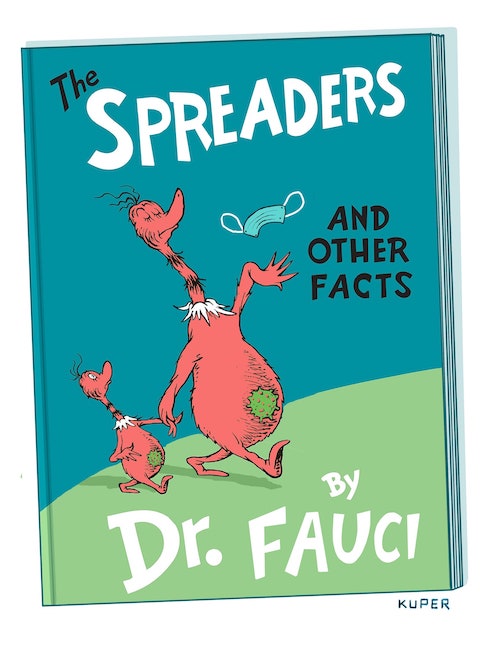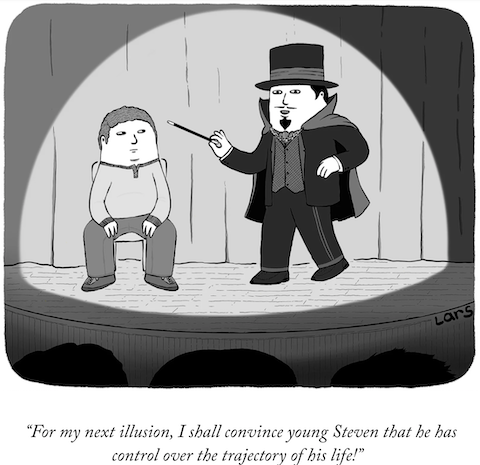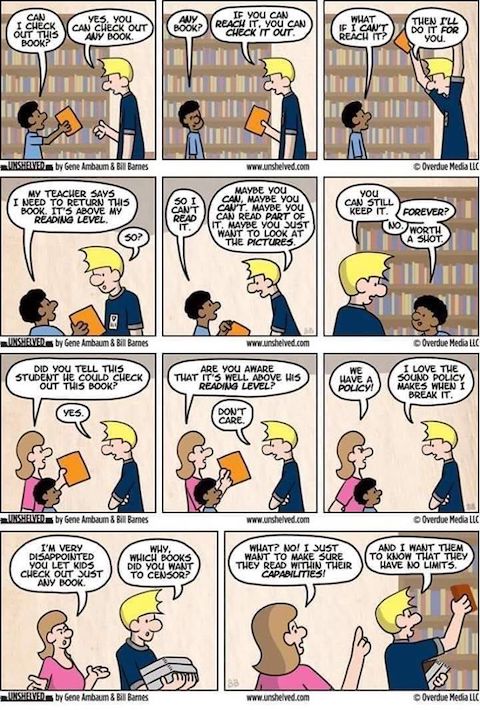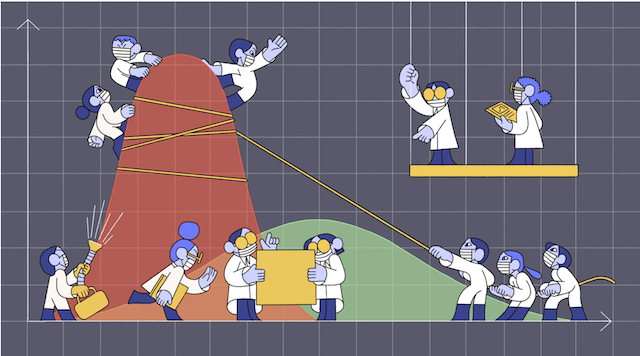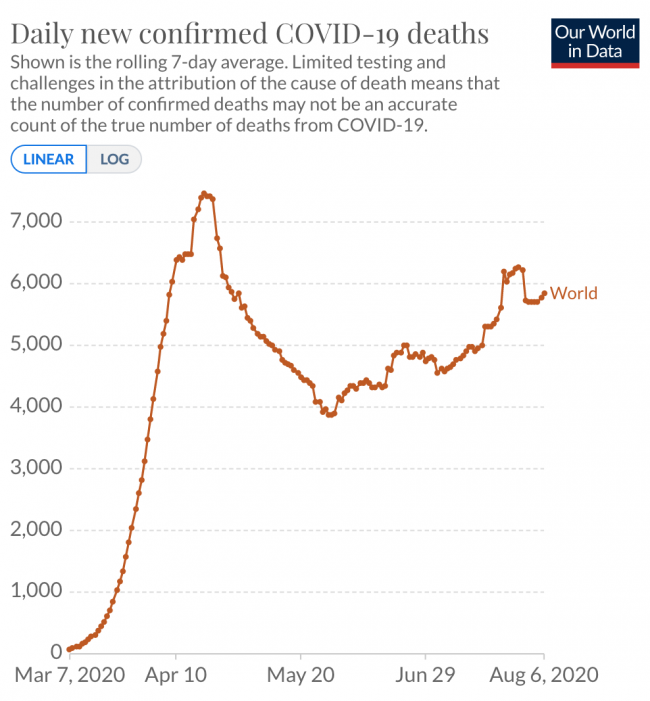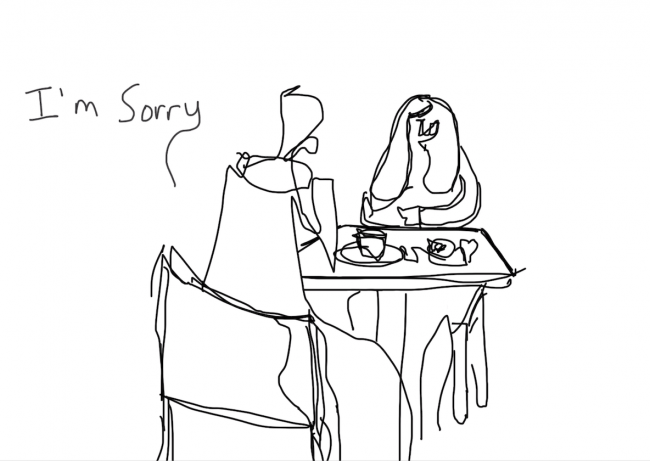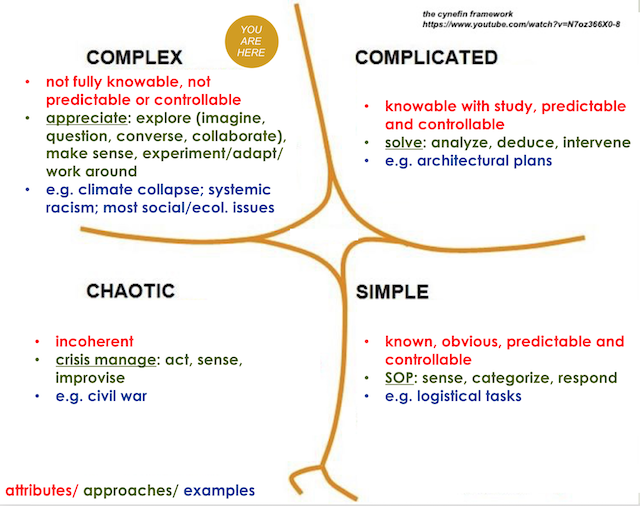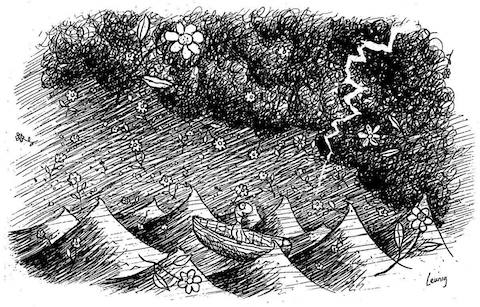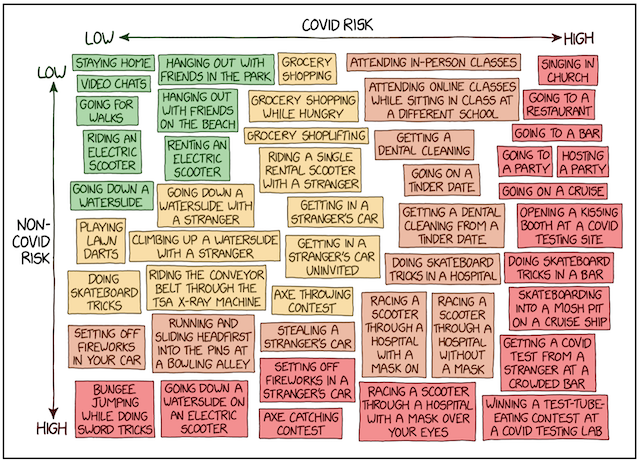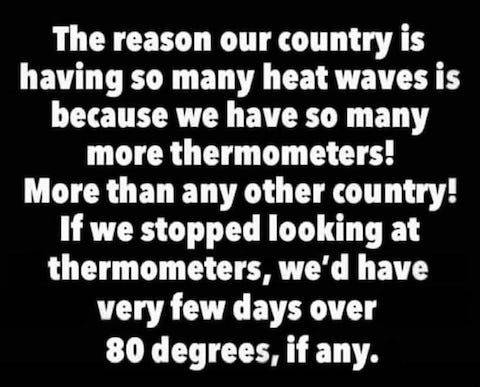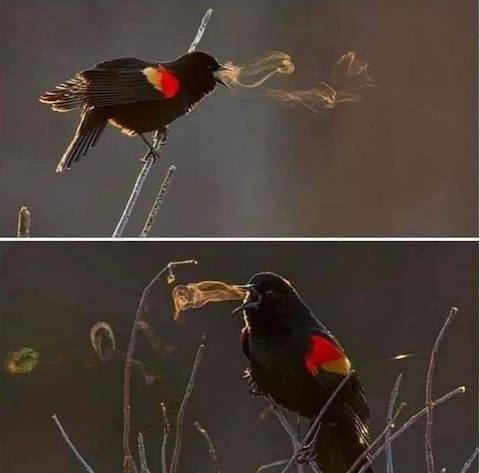this is a work of fiction: I’ve been re-reading Alan Weisman’s The World Without Us, written in 2005; it speculated then on future human population limits then when the population was 6.7B. It is now more than a billion people larger, at 7.8B. In just fifteen years.
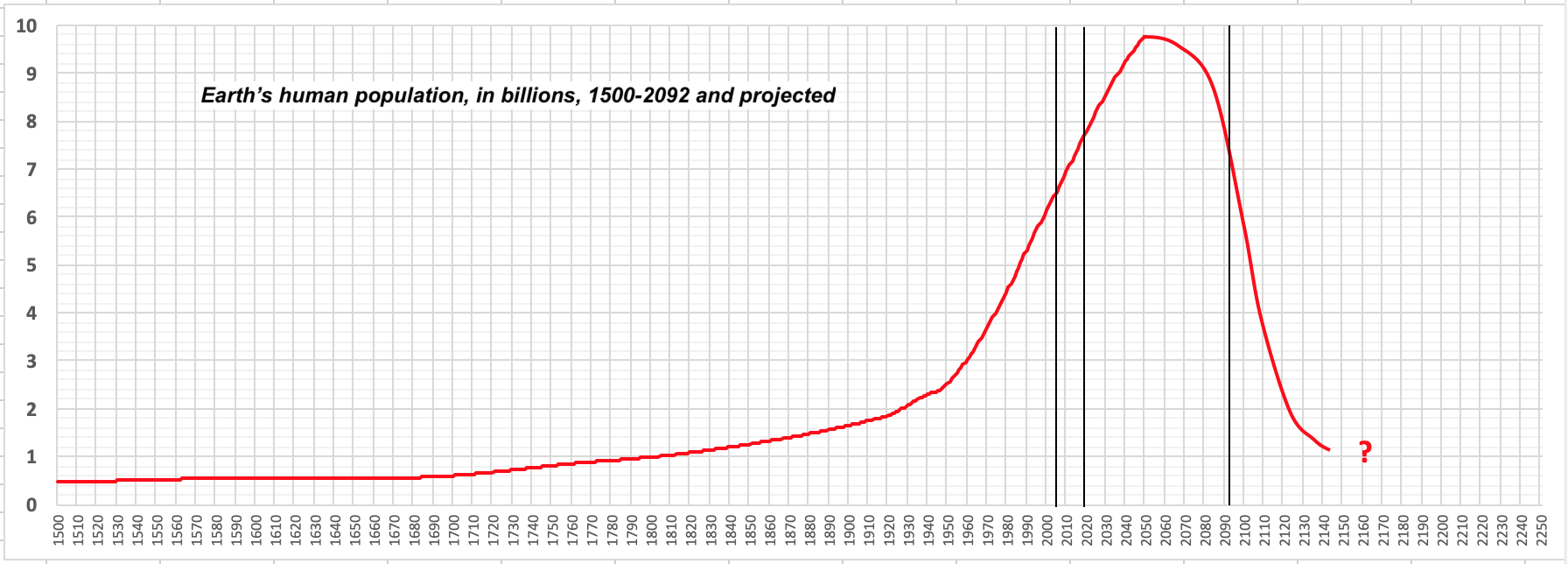
Fieldnote 8 September 2092
I worked in animal demographics (a bit of an oxymoronic term if you’re familiar with etymology) for many years before I started to study human populations.
Animal demographics is a rather depressing area of study, thanks to the Sixth Extinction. By 2050 we had already chronicled the extinction of half of all the species we had ever identified, and estimated that there were probably an equal number of species that had by then gone extinct before we even knew they existed. It’s a bit like counting ghosts, this field. And of course since then things have only worsened; the extinction toll is up to 80%, and the havoc that has been wreaked on once-balanced ecosystems as humans endeavour to find enough food and energy to stay alive has been truly ghastly.
But demographers tend to take the long view, and as human population has declined by two billion since it peaked in the ’50s, they are growing optimistic that, in smaller numbers, our species can coexist with other species and allow the rate of extinction to come to a halt.
I call my observations, like this one, “fieldnotes” even though demographers aren’t renowned for what one might call fieldwork. But with the collapse of so many institutions, obtaining accurate data has become more of an art than a science, and so my field is increasingly one of guesswork. There is now really only one network left that is studying human demography, and we tend to rely on research done back in the early part of the century when there were a thousand times as many of us working in the field, so there was some science and confirmation behind the data, whereas now it’s mostly conjecture.
There is a prevailing view among those of us left in the field that the trend that began in the ’40s and ’50s will likely continue. Rather than the massive death and die-off by starvation and conflict that many predictors of collapse forecast, humans have quite reasonably self-managed our numbers as food scarcities arose. Even laymen like Daniel Quinn understood that human population tracks the affordable availability of food, rather than the other way around, and it is so for almost all species.
So while in the ’30s women were still on average having nearly two children each, driving human numbers up to a calamitous 9.7 billion (in 2052; that’s probably the last accurate total we have ever had), since the late ’40s, with food scarcity becoming commonplace, we fairly quickly achieved the “one child” per woman level that has pertained ever since. We’re now down close to the same 7.8 billion population that we had 70 years ago, in 2020, when there was still some doubt whether collapse would even happen.
The big question is where it will go from there. There seems no end to the decline in food production capacity that we have seen since the collapse began a half century ago now. The soils were so depleted by the ’20s that without artificial chemical nutrients, which we can no longer afford to produce, they have been mostly infertile since then. We’re doing lots at the local level on soil regeneration, but it’s really small scale, and nature takes time to replenish what’s been lost. And of course after the collapse of the oil and transportation industries during the Long Depression (fifty years and counting), and the huge disruption of the Great Migration (forty years and counting) it’s been impossible to do anything at an industrial scale, and may never be again.
Those migrating gatherer-hunters understood how to manage food supplies without industrial production and catastrophic agriculture, and we’re still re-learning.
The death of the seas in the ’30s has naturally worsened the situation, since many of the world’s societies depended on fish and seafood for sustenance.
So as food scarcity deepens, and with it ecosystem incapacity, the prevailing view of us remaining demographers is that the fertility rate will remain at about 1.0 child per woman until and unless that situation changes. Of course no one believes the resultant projections, that population will, mostly peacefully, drop to just over a billion humans by the middle of the next century. Even though that prediction was made quite accurately nearly a century ago by quite a few students of history and culture, while everyone else was either predicting some technological magic solution or a sudden and violent collapse.
There are those among us, nostalgic for pre-collapse days, who think that the human population will “naturally” level off at five or six billion. I would suggest that they don’t understand how much damage has been done to the planet, and how impossible it would be to try to restart our civilization without the benefit of the cheap, affordable, accessible energy that was utterly necessary to enable the rise of human population from the one billion who existed when that energy boom began, to the nearly ten billion who existed when it finally petered out.
So I’m more or less onside with those who see our population going back to that hopefully-sustainable one-billion-or-so level by about fifty years from now. In fact I think that’s optimistic — ecological collapse and climate collapse have so devastated our planet’s capacity to sustain life in so many areas that a half-billion might be a more reasonable limit to the number of humans this planet can sustainably support. That’s about how many lived on the planet six hundred years ago, and for most of the 12,000 years before that, after the last ice age.
But where I disagree with my colleagues is whether it will level off at a half billion or not. We’re now talking about the situation 150 years from now. We’re talking about a world where only 20% of the land surface, according to the climate scientists and biologists, will still be inhabitable by humans without the use of prosthetic technologies, technologies we can no longer afford. We’re talking about a world where food will still be scarce for everyone.
Anthropologists describe how, in such situations, human ingenuity, perseverance and passion for survival, combine to drive us to learn how to adapt to new circumstances and new environments. But, like the historians who can read only accounts from the victorious and the conquerors, they are only describing half of the human story.
I had the good fortune, a number of years ago, to have worked with an anthropologist named Irina Morozova who studied what she called “lost tribes”. These are cultures that suddenly disappeared, almost without a trace, after centuries of thriving. Their members just walked away from the culture, the communities, the infrastructure. They clearly understood that their way of living was, due to circumstances beyond their control, no longer sustainable. Some of them, Irina said, integrated into subsistence cultures nearby. But many of them just disappeared. There were no signs that they died in conflict or from disease. Her explanation was that they simply “gave up”. They stopped reproducing.
From my studies in animal demographics, this makes enormous sense. Most intelligent animals instinctively cease reproducing when the circumstances in which they live are not auspicious for the raising of young. It’s almost as if they have a sixth sense, a connection to all the other life in their ecosystem, shouting out to them “now is not a good time”. So they don’t. It’s similar to how most such animals face death. They do so equanimously, generously. If they are ill, a burden on others, they go off alone to die, and most do so amazingly peacefully, even if they must seemingly be in great pain. They don’t fight it.
But humans, at least civilized humans, don’t behave this way. We fight and rage against death. We propagate more under stress, or at least in the immediate aftermath of it. We reproduce even if it’s the last thing we do.
The question in my mind is, are we humans, living here in 2092, still civilized humans? And if we are, will our descendants 150 years or 1000 years from now still be civilized humans? Will they exhibit the civilized human behaviour to fight against a ghastly, marginal existence, and to bring children into the world to carry on that fight, or will they, like all the ‘uncivilized’ animals I’ve studied, and perhaps like some of Irina’s lost tribes, choose instead to walk away and give up that fight. To acknowledge that it’s all more trouble than it’s worth. To accept that perhaps some other species might now be better suited to carry on the grand experiment of life on this planet.
Something tells me our descendants, if not in a century or two, then in a millennium or two, will see what we cannot — that the best way for us to ‘fit’ into the world we have inadvertently wrought, is to leave it, to nod to the dragons better adapted to live in a world desolated by industrialization, poisoning, habitat destruction and incursion, and wish them well.
I guess we’ll see.
(hat tip to the NTHE-Love group for inspiring this story)



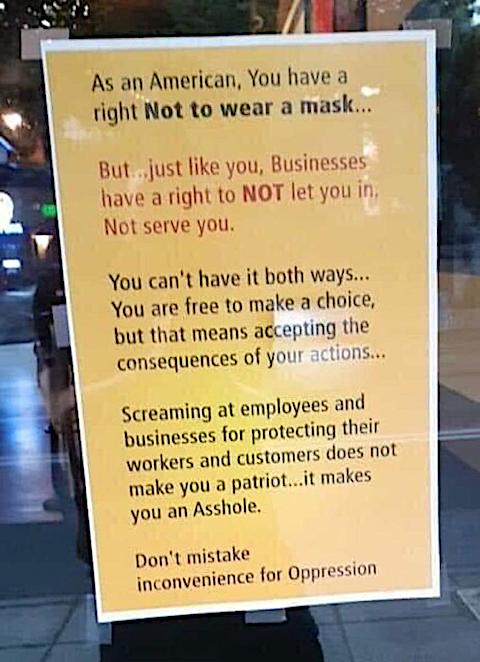 —
—
